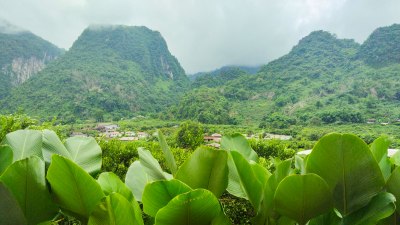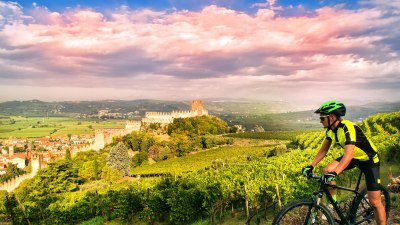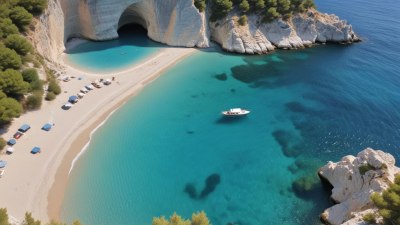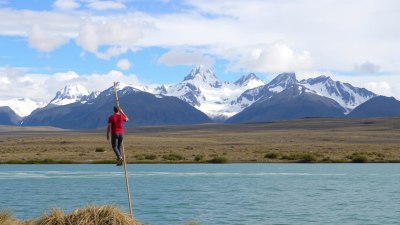Why You Always End Up Behind the Slowest Walker in a Busy City
Explore the reasons why you often find yourself stuck behind slow walkers in bustling urban environments.
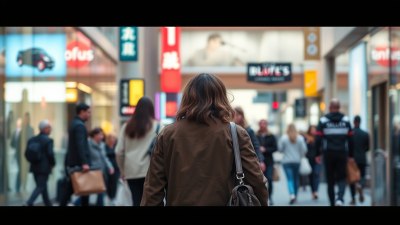
Have you ever been in a busy city, rushing to your next destination, only to find yourself trailing behind the slowest walker on the street? This experience is frustrating and seems to occur with uncanny frequency. Whether you’re heading to work, an appointment, or a meeting, you may be bemused as to why this phenomenon happens. In exploring this phenomenon, we will consider various factors, from urban design to individual behavior, helping to shed light on the reasons behind this common experience in city life.
The Urban Environment
Urban environments are created to accommodate a vast number of pedestrians, and yet they often create conditions that lead to congestion. Many busy city streets are not equipped with adequate space for pedestrians. Sidewalks can be narrow, overcrowded, or blocked by outdoor cafes and retail displays, which forces pedestrians to slow down or even stop. This environment not only affects foot traffic flow but also contributes to your likelihood of being stuck behind a slower walker. The design of the urban environment significantly affects pedestrian behavior and movement patterns. For instance, cities with wide sidewalks and clearly designated pedestrian zones tend to allow for smoother movement, reducing the chances of ending up behind slower individuals.
Pedestrian Behavior
We all have our own walking speed, and not everyone walks at the same pace. Some individuals pace themselves more leisurely, whether due to enjoyment of the surroundings, distraction from their phones, or simply a slower natural walking speed. This variance in walking speeds can create unexpected traffic jams as a group of faster walkers encounters slower ones. Your impatience can increase when you're in a crowded area and find yourself immediately behind those who may not share your urgency. Moreover, distractions, such as scrolling through a mobile device, commonly slow down walkers. The prevalence of smartphones has substantially contributed to distracted walking, further complicating pedestrian flow in busy city areas.
The Psychology of Walking
Interestingly, psychological factors also play a role in why you consistently find yourself behind slower walkers. Research has shown that our perception of time and pace can significantly influence how we navigate through crowded spaces. When in a hurry, your mind may become hyper-focused on reaching your destination, making it even more frustrating to encounter slower individuals. This focus can lead to a heightened awareness of those in front of you, subconsciously magnifying their slowness. The more you hurry, the more you are likely to perceive others as impediments to your progress, even if they are simply walking at their normal pace. In contrast, when you’re in a relaxed state of mind, you will likely notice and appreciate your surroundings, view other walkers as part of the environment rather than obstacles, and thus experience time and space differently.
Societal Norms and Pace of Life
Different cities often have different cultural attitudes towards pace of life. Some cities, such as New York, exude a sense of urgency and a fast-paced lifestyle, making slower pedestrians stand out as exceptions. In contrast, other cities might promote a more leisurely pace, normalizing slower walking speeds. When you find yourself behind someone who is walking slower than you would like, it might be due to the social norms of that particular location. People may feel pressured to move quickly in certain areas, leading to a heightened awareness of their surroundings and how fast they are moving. In contrast, those in more relaxed environments may have no issues taking their time, contributing to your feeling of immobility when you’re on a deadline.
Congestion and Traffic Patterns
In addition to pedestrian behavior, city infrastructure and traffic patterns can affect walking speeds. Busy intersections, detours, and public transport access points can create bottlenecks, forcing pedestrians to slow down. A sudden increase in foot traffic, often occurring during peak hours, adds to this congestion, making it more difficult to navigate through crowds. Moreover, local events, street fairs, and construction can disrupt normal walking paths, leading to unexpected slowdowns. You may end up behind someone slower simply because the direct route to your destination has been obstructed by unforeseen circumstances. Such congestion is compounded by pedestrian mismanagement, where individuals may not be aware of their surroundings, further exacerbating slow traffic on the streets.
Social Interactions and Kindness
You might also observe that social interactions influence pedestrian flow. In any urban environment, you’ll notice people pausing to chat, exchange pleasantries, or simply stop to take photos. These interactions, while enriching social behavior, can slow down foot traffic, resulting in a chain reaction of slower walkers. When someone stops suddenly; it forces those behind them to slow down, creating temporary jams. When trying to navigate through busy areas, it's important to remember that social interactions are an integral part of human behavior. They can lead to an enriched experience in city life, but they also contribute to the frustration of being stuck behind someone who has chosen in that moment to engage socially instead of moving forward.
Expectations vs. Reality
Often, the expectation versus reality dynamic significantly influences how people perceive their walking experience in busy cities. If you anticipate a smooth, quick passage through crowded areas, any delay can lead to increased frustration. Conversely, if you’re generally optimistic and prepare for slowdowns as part of the urban experience, you’re more likely to approach each encounter with patience. The mindset you adopt when navigating a busy street is critical; a negative mindset can make even slight delays feel unbearable. Recognizing that urban life often involves compromise can help temper your emotions when you find yourself stuck behind a slower walker.
Coping Mechanisms
To deal with the inevitable frustrations of walking behind a slow pedestrian, consider adopting various coping mechanisms. First, allow some buffer time in your schedule to accommodate potential delays. This way, if you encounter slow walkers, you won’t feel the pressure of running late. Secondly, practice mindfulness. Use your time behind slower walkers to take in your surroundings, enjoy the sights and sounds of the city, or even relax and center your thoughts. This shift in perspective can transform a frustrating experience into an opportunity for reflection and appreciation of your environment.
Conclusion
In conclusion, the phenomenon of always ending up behind the slowest walker in a busy city can be attributed to a multitude of factors, including urban design, individual behavior, psychological perceptions, societal norms, and unexpected disruptions in traffic flow. Recognizing these factors can help build understanding and patience when navigating crowded urban spaces. Ultimately, while we can strive for efficiency, it’s important to embrace the slower moments in our journeys. Each person we encounter along the way adds depth to our collective urban experience, and this is what makes city life truly vibrant.





